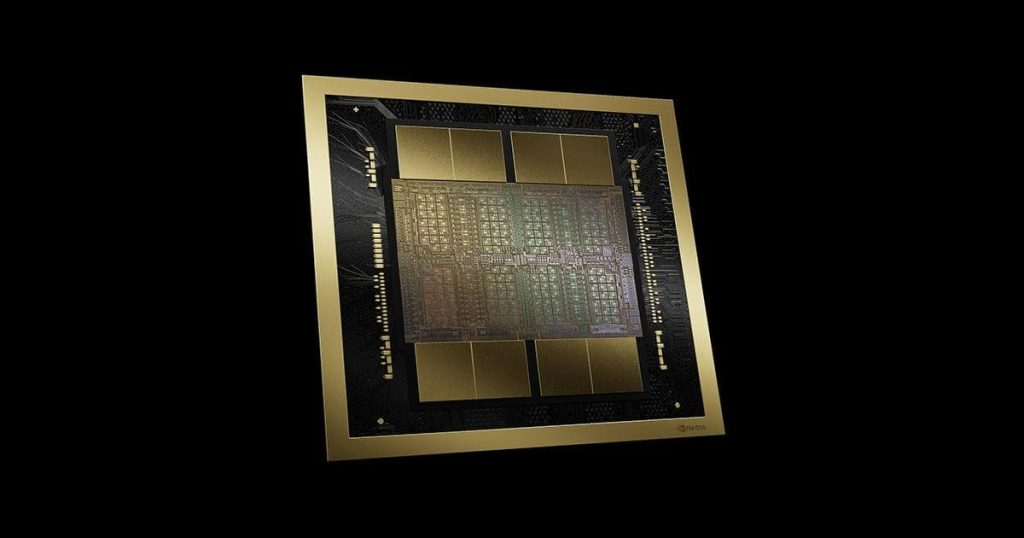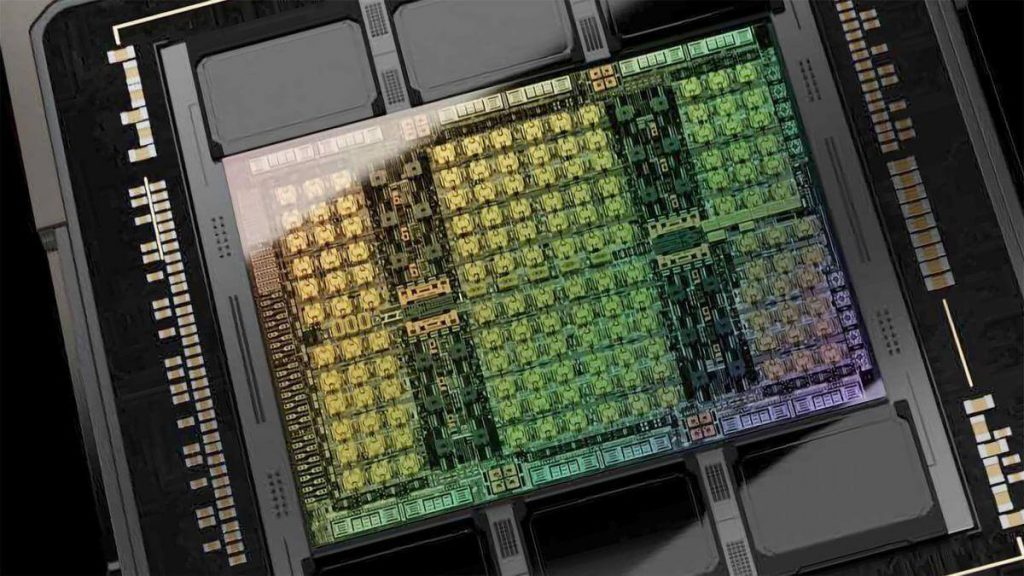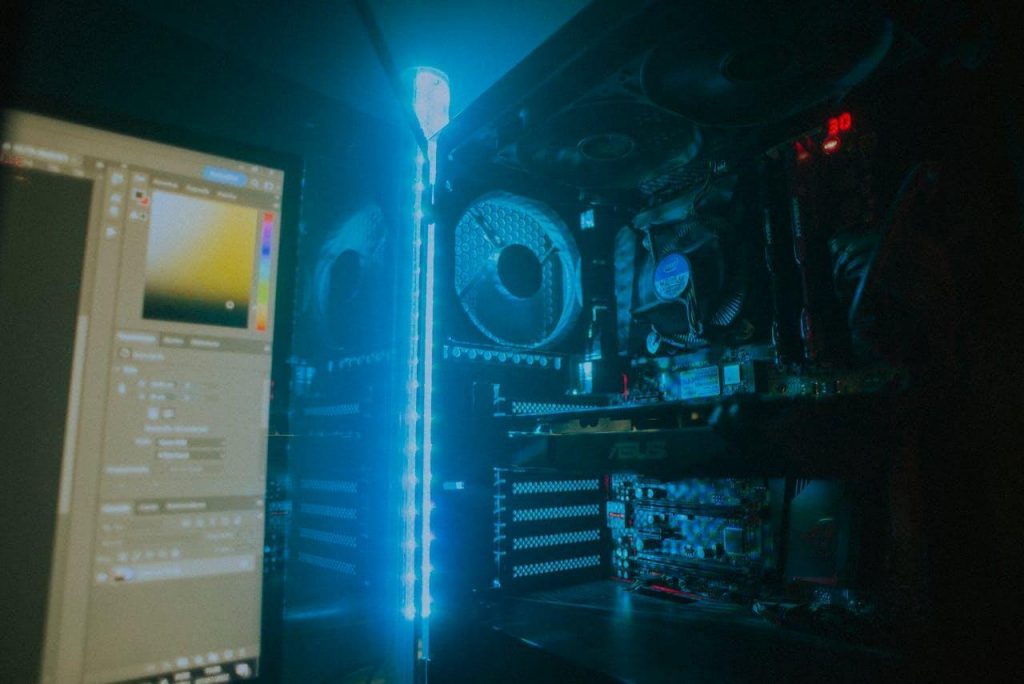
Artificial intelligence is advancing at a breathtaking pace, and at the heart of this revolution lies NVIDIA AI—the driving force behind today’s most powerful machine learning systems. From large language models that converse like humans to autonomous robots making split-second decisions, NVIDIA’s hardware has been the backbone of AI’s most groundbreaking achievements. Now, with the introduction of Blackwell Ultra and Rubin chips, the company is once again raising the bar, delivering unprecedented computing power that will redefine what AI can accomplish.
These next-generation architectures aren’t just incremental upgrades—they represent a quantum leap in AI reasoning, efficiency, and scalability. As industries from healthcare to autonomous vehicles race to harness AI’s potential, NVIDIA’s innovations ensure that the hardware powering this transformation keeps up with—and even outpaces—the demands of tomorrow’s most ambitious AI applications.
In this article, we’ll explore how Blackwell Ultra and Rubin chips work, why they matter, and what they mean for the future of artificial intelligence. The next chapter of AI starts here—let’s dive in.
A Little Background on NVIDIA AI

NVIDIA AI represents the cutting-edge artificial intelligence technologies developed by NVIDIA, a pioneer in accelerated computing. At its core, NVIDIA AI leverages powerful Graphics Processing Units (GPUs) to drive breakthroughs in deep learning, computer vision, natural language processing, and more. These innovations power applications across industries—from autonomous vehicles and healthcare to finance and gaming—enabling faster, smarter, and more efficient AI solutions.
NVIDIA’s legacy in AI hardware has been transformative. The Hopper architecture, introduced in 2022, set new benchmarks with its 80 billion transistors and HBM3 memory, excelling in large language models (LLMs) and scientific computing. Now, the Blackwell architecture pushes boundaries further with 208 billion transistors, 2.5x faster AI performance, and groundbreaking efficiency—ushering in the next era of generative AI and reasoning-based systems.
By continuously redefining computational limits, NVIDIA AI remains the backbone of modern artificial intelligence, empowering developers and enterprises to build the future.
Blackwell Ultra: A Leap in AI Reasoning

Building on the groundbreaking Blackwell architecture, NVIDIA’s Blackwell Ultra is an AI factory platform specifically engineered for advanced reasoning and decision-making. Unlike traditional AI models that generate responses based on patterns, it is optimized for agentic AI, enabling systems to think, plan, and solve problems with near-human logic.
At its core, it enhances the original Blackwell design with scalability and efficiency, making it ideal for complex tasks like autonomous robotics, real-time synthetic data generation, and large-scale AI inference.
The technology delivers a series of groundbreaking advancements, engineered to push the boundaries of AI performance:
- 8th-Gen Tensor Cores: Deliver 1.5x more AI compute power than standard Blackwell GPUs, accelerating attention-layer processing for faster reasoning.
- 288GB HBM3e Memory: Handles massive datasets, supporting AI models with millions of tokens in context length.
- GB300 NVL72 Rack-Scale System: Combines 72 Blackwell Ultra GPUs + 36 Grace CPUs into a single AI supercomputer, boosting efficiency for hyperscale deployments.
- Unmatched Speed: Processes 1,000 tokens per second (10× faster than Hopper) and slashes response times from 1.5 minutes to just 10 seconds for large language models.
Together, these innovations are designed to power the next generation of AI applications, including:
- Agentic AI: Systems that dynamically plan, reason, and execute tasks (e.g., autonomous agents in healthcare or finance).
- Physical AI: Real-time robotics and simulations requiring instant decision-making.
- Hyperscale AI Factories: Cloud-based platforms like NVIDIA DGX SuperPOD, enabling enterprises to deploy AI at unprecedented scale.
By pushing the boundaries of AI reasoning, Blackwell Ultra isn’t just an upgrade—it’s a paradigm shift in how machines think and interact with the world.
Rubin Architecture: The Next Frontier in AI Computing

NVIDIA’s Rubin architecture, set to debut in late 2026, represents the next evolutionary leap in AI acceleration. Named after pioneering astronomer Vera Rubin, this next-generation platform introduces a dual-component design: the Rubin GPU paired with NVIDIA’s custom Vera CPU. Together, they form a powerhouse optimized for the most demanding AI workloads, from massive-scale training to real-time reasoning.
Rubin shatters previous performance barriers with groundbreaking innovations:
- 50 Petaflops of FP4 Performance: More than double the throughput of Blackwell GPUs, enabling faster, more complex AI inference.
- HBM4 Memory: Delivers 13 terabits per second bandwidth—a 62% boost over Blackwell’s HBM3e—for rapid data access in trillion-parameter models.
- NVLink 6 Interconnect: Achieves 3,600 Gbps bidirectional speeds, ensuring seamless communication across GPU clusters.
- Rubin Ultra (2027): Scales to 100 petaflops per GPU via quadruple-die configurations, with rack-level systems hitting 15 exaflops—5× Blackwell Ultra’s capability.
Rubin is expected to play a key role in shaping the future of AI—impacting several major areas, including:
- Reasoning Models: Powers AI systems that require human-like logic for decision-making and planning.
- Hyperscale AI Training: Enables enterprises and cloud providers to train trillion-parameter models with unprecedented efficiency.
- Scientific Research: Accelerates breakthroughs in fields like climate modeling and drug discovery by handling massive datasets in real time.
By combining raw computational power with architectural ingenuity, Rubin doesn’t just advance AI—it redefines what’s possible.
The Path Forward with NVIDIA AI

NVIDIA’s Blackwell Ultra and Rubin architectures mark a pivotal moment in artificial intelligence, solidifying the company’s leadership in high-performance computing. With Blackwell Ultra pushing AI reasoning to new heights and Rubin poised to deliver unprecedented computational power, NVIDIA is redefining the boundaries of what AI systems can achieve—from real-time decision-making to trillion-parameter model training.
These innovations aren’t just technological milestones; they are catalysts for transformation across industries. Healthcare, autonomous systems, scientific research, and enterprise AI will all benefit from faster, more efficient, and scalable solutions. As AI evolves from pattern recognition to true reasoning, NVIDIA’s hardware ensures the infrastructure keeps pace with the world’s most ambitious AI ambitions.
Looking ahead, NVIDIA’s roadmap—with its annual cadence of breakthroughs—signals an unwavering commitment to innovation. From AI factories to the edge, the company’s vision is clear: to power the next decade of intelligent computing, where AI doesn’t just assist but thinks, adapts, and revolutionizes how we interact with technology. The age of reasoning AI is here—and NVIDIA is building its foundation.




